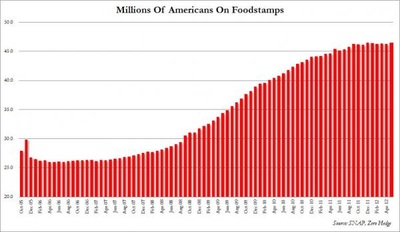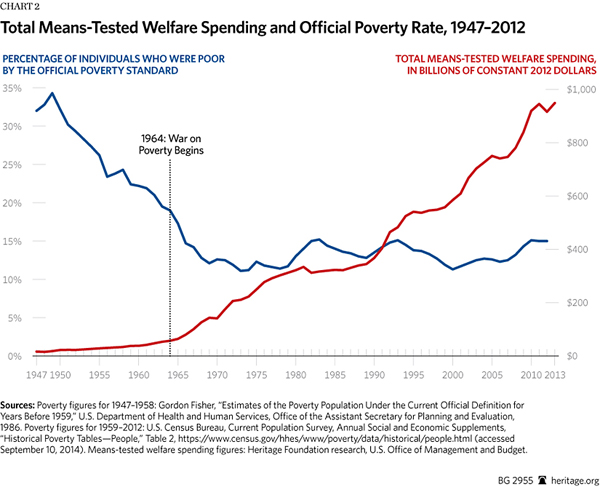The financial follies, and consequences (often unintended) of some politicians never ceases to amaze me. The most recent is the $15 minimum wage in Seattle. Of course, one of the things that supporters of the higher wage said was that they wanted to help lift min. wage workers out of poverty and welfare, and in the long run, this would actually be a benefit to the local economy by actually increasing consumption. In a Bloomberg editorial, the magazine stated “Low-wage jobs are fast replacing middle-class ones in the U.S. economy. Sixty percent of the jobs lost in the last recession were middle-income, while 59 percent of the new positions during the past two years of recovery were in low-wage industries that continue to expand such as retail, food services, cleaning and health-care support. By 2020, 48 percent of jobs will be in those service sectors.” What the author failed to take into consideration, was that during the anemic recovery, the number of part time workers increased by 35%. This was a direct result of mandatory coverage for Obamacare and higher taxes across the board imposed on business by this administration. But let’s look at the effects of minimum wage. The wage was implemented April 1 for businesses with more than 500 employees, and smaller employers have to phase it in over several years. According to the Washington (state) Restaurant Association, “The Seattle Times and Eater have reported extensively on restaurant owners’ many concerns about how to compensate for the extra funds that will now be required for labor: They may need to raise menu prices, source poorer ingredients, reduce operating hours, reduce their labor and/or more. It’s not a political problem; it’s a math problem.”
The association also went on to say that the city is experiencing a rising trend in restaurant closures. The shut-downs have idled dozens of low-wage workers, the very people advocates say the wage law is supposed to help. Instead of delivering the promised “living wage” of $15 an hour, economic realities created by the new law have dropped the hourly wage for these workers to zero. Advocates of a high minimum wage said businesses would simply pay the mandated wage out of profits, raising earnings for workers. Restaurants operate on thin margins, though, with average profits of 4% or less, and the business is highly competitive. Many restaurants noted that the new wage put labor costs at nearly 50 percent of operating costs, and that made profit margins disappear.
However, the biggest consequence was totally unanticipated. Some new $15/hour wage earners are on government assistance programs such as section 8 housing and or SNAP, Supplemental Nutritional Assistance Program, formerly called food stamps but isn’t SNAP so much more politically correct. As a result of the higher wage, many workers surpass the threshold necessary to obtain these benefits. As a result, workers across the city are left telling bosses to give them fewer hours at the higher wage so they can still receive their government benefits.
Only last week, for instance, Los Angeles Mayor Eric Garcetti claimed that a $15 min. wage in his city would lift 600,000 out of poverty. Self-avowed socialist Sen. Bernie Sanders a VT Senator and a candidate for the Democrat nomination in 2016, also recently claimed that a $15 min. wage would “lift millions” of Americans out of poverty, off welfare, and into the buying public. But now some workers in Seattle are finding that the higher wage is forcing them off the welfare programs they would rather stay enrolled in and, instead of celebrating their higher income, they are imposing fewer work hours on themselves in order to stay on assistance.
There have been other unforeseen consequences to the higher wage. Some restaurants are tacking on a 15 percent surcharge onto customer’s bills in order to avoid firing workers. This will eventually reduce consumption (higher prices lower demand) and it is inevitable that some workers will be laid off.



 RSS Feed
RSS Feed
